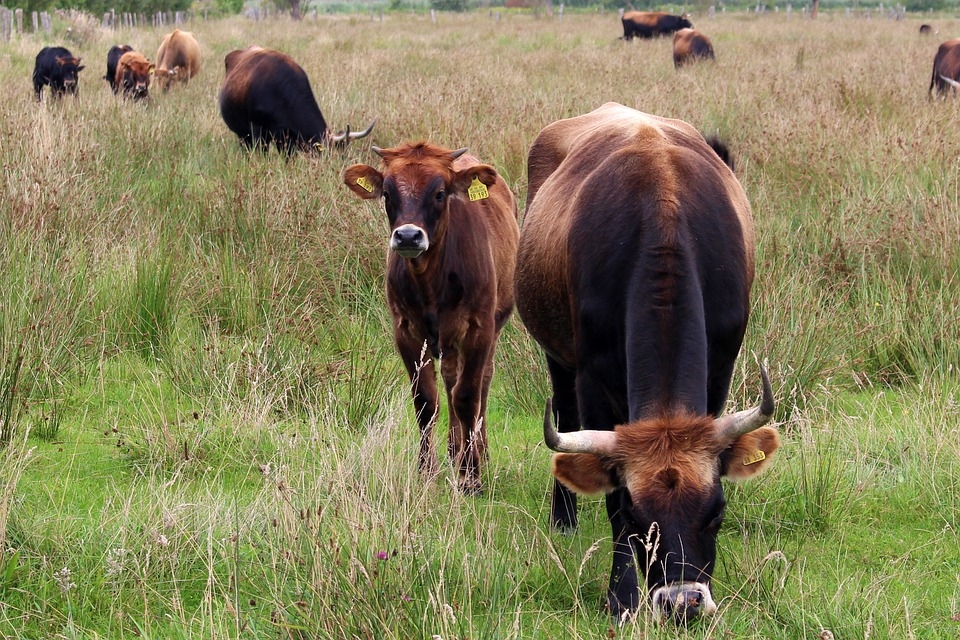The Bureau of Land Management is taking applications from Western states to test outcome-based grazing, which enables ranchers to manage according to current conditions rather than rigid permit requirements.
John O’Connell
BLM experiments with ‘flexible’ grazing permits
BOISE — Mike Courtney may finally get the chance to implement a more common-sense grazing approach to controlling weeds and minimizing the wildfire risk in the Berger Resource Conservation Area.
Courtney, manager for the Bureau of Land Management’s Twin Falls District, will apply to include the grazing area south of Buhl in a BLM pilot project, testing a new approach intended to increase flexibility in grazing permits.
The BLM is offering funding for Western states to implement and study about a dozen “outcome-based grazing” pilot projects, hoping the outcomes will support enacting the philosophy on a much broader scale.
Idaho ranchers have long advocated such an approach, which replaces rigid management “prescriptions” with a system enabling the agency and permit holders to adjust grazing programs to meet specific economic and resource outcomes.
“As long as you’re meeting outcomes, you can manage as you think is best,” said Karen Williams, policy director with Idaho Cattle Association. “It’s quite a paradigm shift in how public lands have been managed in the past.”
For example, the Berger area, which encompasses 20 allotments, has long had a problem with cheat grass, but permits restrict grazing to the spring and fall. In his pilot project, Courtney hopes to heavily graze the area in late winter, when cheat grass is still green and ideal as forage, but native plants remain dormant.
“My expectation is the flexibility is going to come with a lot more responsibility,” Courtney said. “Permittees are going to have to help us monitor.”
The application deadline for states has been extended to Nov. 6. Idaho BLM Director Tim Murphy hopes Idaho will be awarded pilot projects in the Boise, Twin Falls and Idaho Falls areas. He said Idaho may also implement additional pilot projects above its federal funding, in partnership with nongovernmental organizations and other stakeholders.
Murphy argues current permitting is based on averages — a rancher may be allowed to graze a given allotment earlier than another one because it matures faster on average. But if real-world conditions would support a change, required environmental reviews often take too long and present a roadblock, he said. In outcome-based grazing, those reviews are done proactively, anticipating scenarios to give ranchers options.
University of Idaho’s Rangeland Resource Center and Policy Analysis Group are collaborating on a separate project to study how outcome-based grazing may work under existing regulations, and where regulatory changes may be needed.
“We’re going to be keenly watching what they’re doing,” Murphy said.
Murphy said a key to success will be getting the Department of Interior, private landowners, state land managers and other landowners to coordinate their rangeland goals.
“My hope is these demonstrations will help us understand what in our policy regulations we need to sustain and what kinds of changes we need to put a spotlight on in order to achieve open, healthy and working landscapes,” Murphy said.
[paypal_donation_button]
Free Range Report
[wp_ad_camp_3]
[wp_ad_camp_2]



